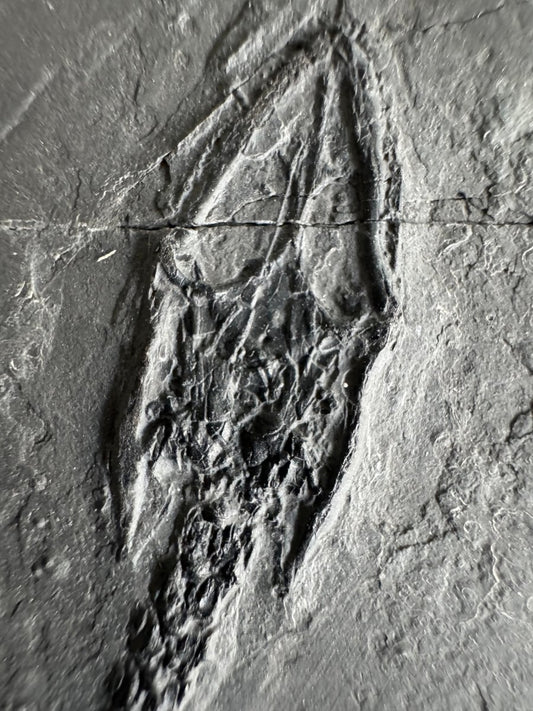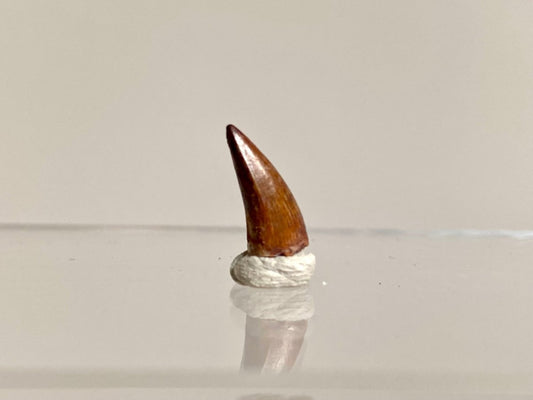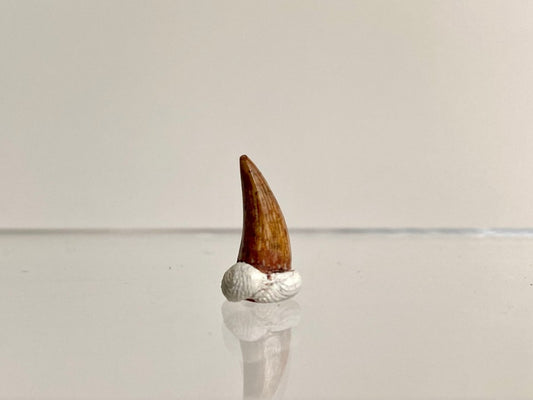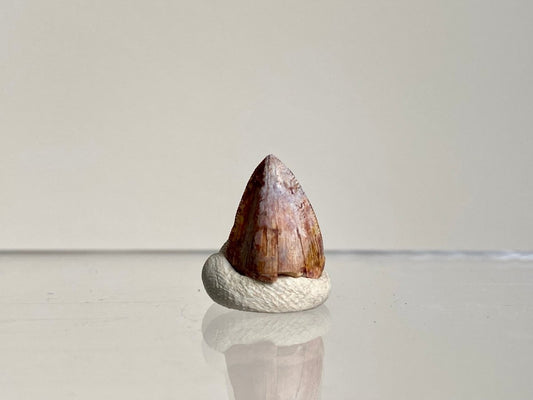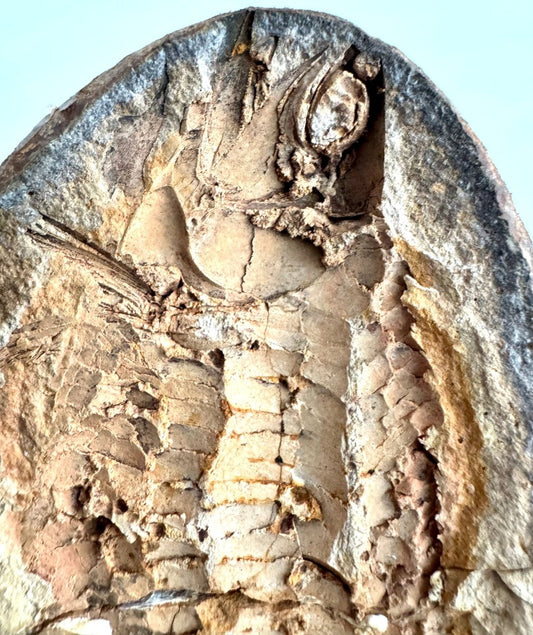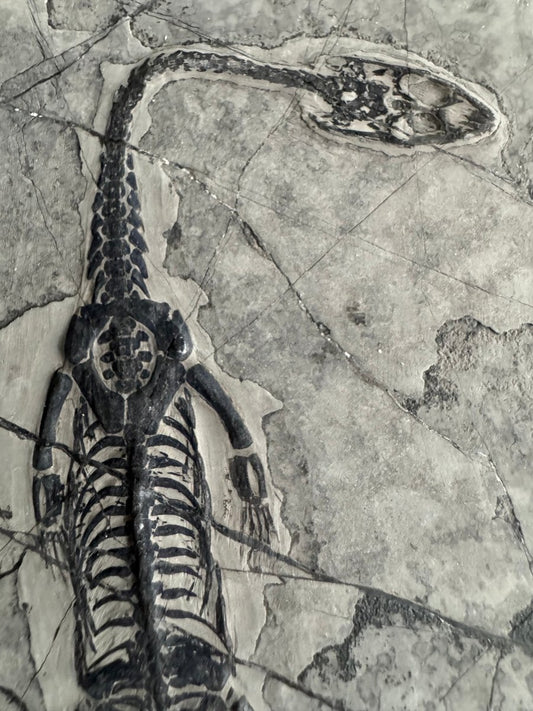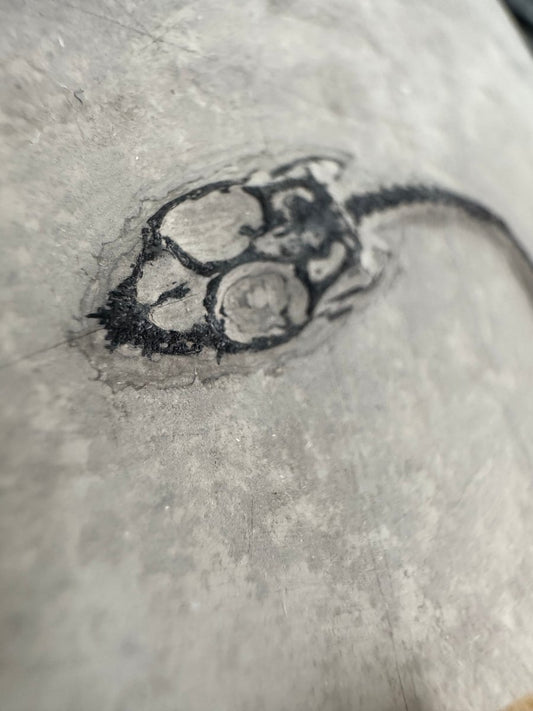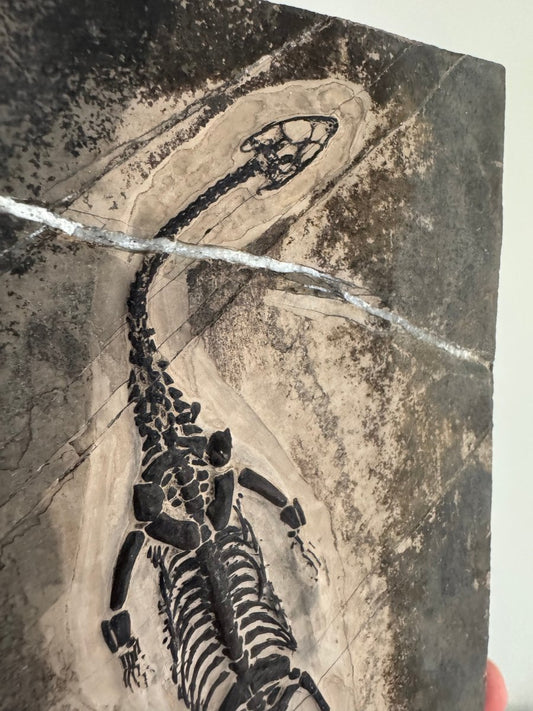Triassic period: Earth's Dawn
The Triassic Period: Exploring Earth's Dawn
The Triassic Period stands as a pivotal chapter in Earth's history, marking a time of profound transformation and evolutionary innovation. Spanning approximately 50 million years, from around 252 to 201 million years ago, the Triassic witnessed the aftermath of the Permian-Triassic extinction event, which wiped out over 90% of marine species and 70% of terrestrial vertebrate species. Despite this catastrophic event, life rebounded with vigor, paving the way for the rise of new ecosystems and iconic creatures that would shape the future of life on our planet.
Post-Apocalyptic Recovery
The Triassic period began amidst the devastation of the Permian-Triassic extinction, the most severe extinction event in Earth's history. In its wake, vacant ecological niches provided opportunities for new organisms to evolve and thrive. Early Triassic ecosystems were characterized by pioneer species such as lycophytes, ferns, and reptiles, which gradually recolonized devastated landscapes.
Rise of the Reptiles
The Triassic witnessed the ascendancy of reptiles as dominant terrestrial vertebrates, marking the dawn of the Mesozoic Era, often referred to as the "Age of Reptiles." Archosaurs, a group of reptiles that includes dinosaurs, crocodiles, and pterosaurs, diversified and flourished during this time. Iconic Triassic reptiles such as the sail-backed Dimetrodon and the agile rauisuchians roamed the ancient landscapes, showcasing the remarkable diversity of early Mesozoic life.
The Reign of the Dinosaurs
While the Triassic is often overshadowed by the subsequent dominance of dinosaurs during the Jurassic and Cretaceous periods, it served as a crucial incubator for their evolution. Early dinosaur relatives, known as dinosauromorphs, emerged during the Triassic, paving the way for the spectacular diversity of dinosaurs that would follow in the Jurassic and Cretaceous. These early dinosauromorphs, such as Eoraptor and Herrerasaurus, were small, agile predators that laid the groundwork for the evolutionary success of their descendants.
Shaping the Modern World
The Triassic was a period of profound geological and climatic change, with the breakup of the supercontinent Pangaea leading to the formation of new landmasses and ocean basins. This tectonic activity reshaped global climates and ocean circulation patterns, influencing the distribution of habitats and driving evolutionary processes. The Triassic also witnessed the emergence of modern ecosystems, including coral reefs, forests, and freshwater lakes, which provided habitats for diverse plant and animal communities.
Legacy and Continuity
While the Triassic period came to a close with the onset of the Jurassic period, its legacy endures in the fossil record and the evolutionary history of life on Earth. Many of the key innovations and adaptations that arose during the Triassic laid the foundation for the subsequent diversification of life, shaping the evolutionary trajectories of plants, animals, and ecosystems for millions of years to come. By studying the fossilized remains of Triassic organisms and the geological processes that shaped their world, scientists gain invaluable insights into the origins of modern biodiversity and the interconnectedness of life on our planet.
The Triassic period stands as a testament to the resilience and adaptability of life in the face of profound environmental upheaval. From the ashes of the Permian-Triassic extinction emerged a new era of evolutionary innovation and ecological diversity, setting the stage for the rise of the dinosaurs and the transformation of Earth's biosphere. By unraveling the mysteries of the Triassic, scientists unlock the secrets of our planet's ancient past and gain a deeper understanding of the forces that have shaped life on Earth for millions of years.
Triassic fossils for sale
-
Keichousaurus hui Fossil Marine Reptile (7.48") – Triassic, China
Regular price €495,00 EURRegular priceUnit price / per -
Phytosaur fossils tooth, Redondasaurus (0.54") - Late Triassic, USA
Regular price €32,95 EURRegular priceUnit price / per -
Phytosaur fossils tooth, Redondasaurus (0.49") - Late Triassic, USA
Regular price €29,95 EURRegular priceUnit price / per -
Phytosaur fossils tooth, Redondasaurus (0.51") - Late Triassic, USA
Regular price €37,95 EURRegular priceUnit price / per -
Asialepidotus shingyiensis Fossil Fish (7.48") – Triassic Period, China
Regular price €695,00 EURRegular priceUnit price / per -
Triassic Fossil Fish In Nodule from Madagascar, Positive & negative (4.27")
Regular price €70,00 EURRegular priceUnit price / per -
Triassic Fossil Fish In Nodule from Madagascar, Positive & negative (4.67")
Regular price €80,00 EURRegular priceUnit price / per -
Triassic Fossil Fish In Nodule from Madagascar, Positive & negative (4.33")
Regular price €70,00 EURRegular priceUnit price / per -
Triassic Fossil Fish In Nodule from Madagascar, Positive & negative (4.60")
Regular price €95,00 EURRegular priceUnit price / per -
Triassic Fossil Fish In Nodule from Madagascar, Positive & negative (4.13")
Regular price €80,00 EURRegular priceUnit price / per -
Keichousaurus hui Fossil Marine Reptile (6.49") – Triassic, China
Regular price €295,00 EURRegular priceUnit price / per -
Keichousaurus hui Fossil Marine Reptile (5.65") – Triassic, China
Regular price €255,00 EURRegular priceUnit price / per -
Keichousaurus hui Fossil Marine Reptile (7.50") – Triassic, China
Regular price €325,00 EURRegular priceUnit price / per


